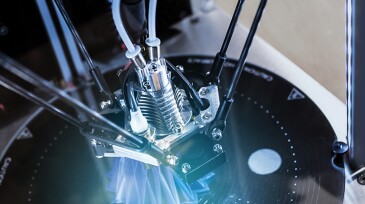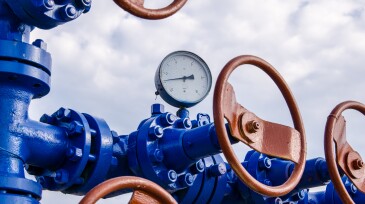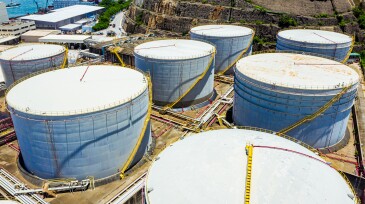Inspection/maintenance
This paper presents an approach to management and interpretation of pipeline-integrity data, ensuring integrity, safety, and reliability of the operator’s critical pipelines.
This paper describes the development of a system for comprehensive mapping and asset registration using a digital-twin approach.
Sponsored
Advance your career with the new Pipeline Engineering Program at the Technical University of Leoben, a 5-month course combining on-campus and online learning, integrating industry expertise, engineering practice, and future-ready skills for professionals in oil, gas, and emerging energy systems.
-
SponsoredShell needed an easy-to-use, simple well monitoring solution. Could an IoT wireless solution measure up to a classic wired approach?
-
The authors describe how tools in machine learning are used to develop data-driven models that can be used for accurate and efficient fatigue-damage prediction for marine risers.
-
The complete paper discusses structural assessments for gravity-based structures, a topic that the authors write is underrepresented in the literature.
-
A fire at Ku-Maloob-Zaap killed five and sidelined more than 400,000 BOPD.
-
Additive manufacturing can alleviate and avoid long, expensive production shutdowns and reduce supply chain carbon footprints. Key to unlocking this potential is building trust in “printed” parts.
-
SponsoredWell monitoring hasn’t been easy. But it’s something that has to be done. Remote oil and gas wells are notoriously difficult to monitor. But new technology may make them some of the most advanced sites out there.
-
The risk-management firm is teaming up with academia and a robotics specialist for a research project focused on automatic processing of data gathered by autonomous and remote-controlled vehicles.
-
The American National Standards Institute accredited three of the American Petroleum Institute’s inspector certifications for pressure vessels, piping, and aboveground storage tanks.
-
Saudi Aramco is accelerating the adoption and scaleup of disruptive and multipurpose robotic technologies to deliver safer, cost-effective, and efficient inspection capabilities, emergency response, aerial mapping, project monitoring, security surveillance, and environmental monitoring.
-
An autonomous robot will be deployed on an offshore platform for the first time by Equinor. The operator plans to use it as its eyes and sensors on future platforms where humans will visit only intermittently.













